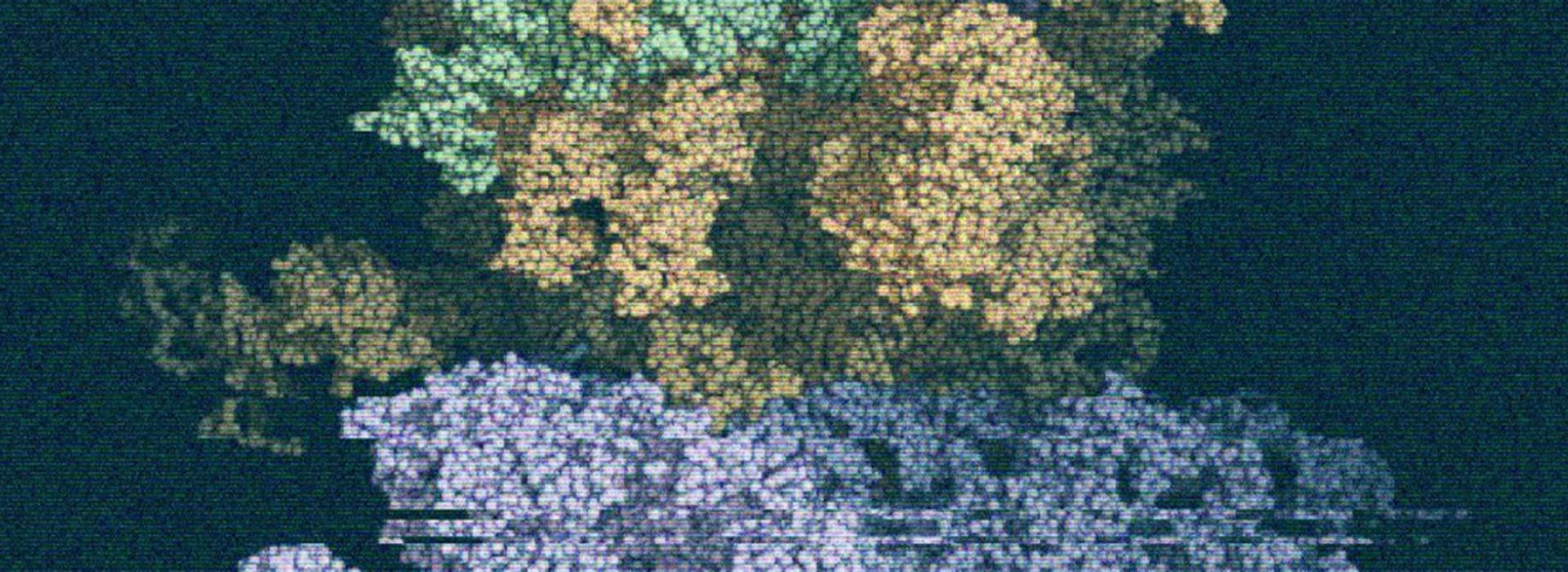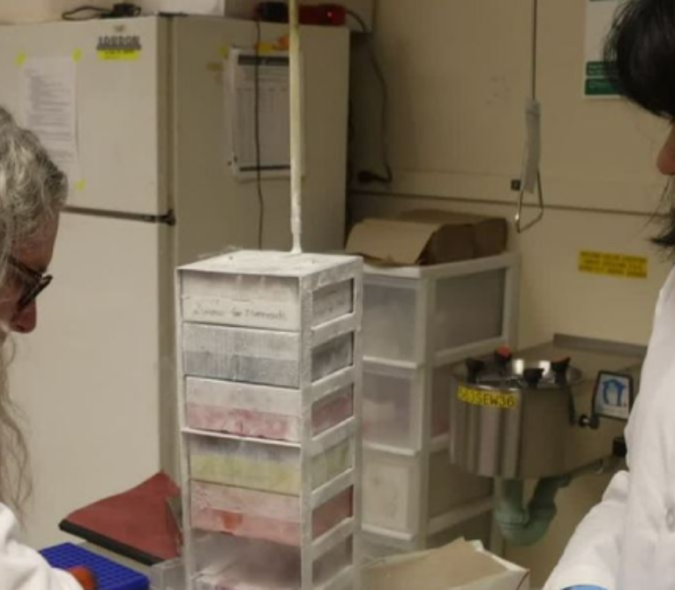
Doctoral Candidate Participates in COVID-19 Ultra-Hackathon
During the hackathon, Smoniewski was a member of the hackathon's Group 9, modeling potential RNA with their team lead, Dr. Amber Paulson. During the three day event, the group created a bioinformatics pipeline to predict and visualize possible viral microRNAs (miRNA) and their potential binding sites on human RNA.
After wrapping up the event in May, Smoniewski and her team hope to continue to finetune their code before analyzing the predicted networks, and releasing the pipeline for public use in the near future. "We hope our network will be used for future studies that test potential RNA: RNA interactions in vivo and may eventually inform antisense RNA therapy for SARS-CoV-2 infection," Smoniewski said.



